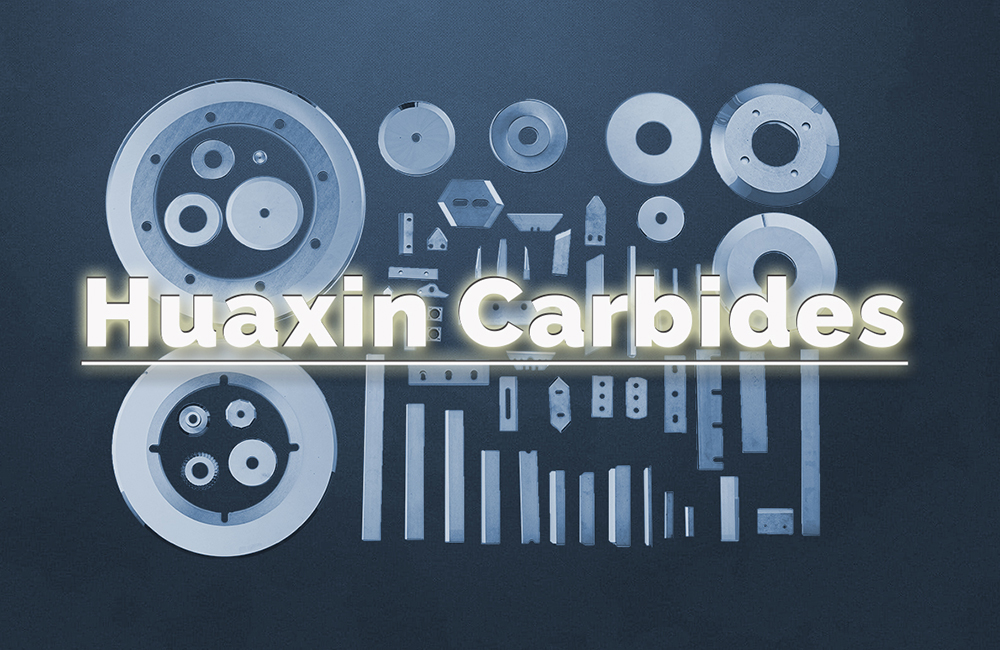Introduction
In the era of Industry 4.0 and smart manufacturing, industrial cutting tools must deliver precision, durability, and cost-effective solutions. Tungsten carbide blades have emerged as a cornerstone for industries requiring wear-resistant tools that maximize efficiency. But with so many options available, how do you select the ideal blade for metal cutting? This guide breaks down key considerations, backed by industry insights and data, to help you optimize performance and reduce operational costs.
Why Tungsten Carbide Blades?
Tungsten carbide blades are renowned for their exceptional hardness (up to 90 HRA) and wear resistance, making them ideal for demanding applications like metal fabrication, automotive manufacturing, and aerospace engineering. Unlike traditional steel blades, they retain sharpness longer, reducing downtime for replacements.
Key Advantages:
- 30% Higher Cutting Efficiency: Studies show carbide blades outperform steel in high-speed operations.
- Extended Lifespan: Resistant to abrasion and heat, they last 5–8x longer than conventional tools.
- Cost Savings: Fewer blade changes mean lower labor and replacement costs.
Choosing the Right Tungsten Carbide Blade for Metal Cutting
1. Material Compatibility
Not all carbide blades are created equal. For metal cutting, prioritize blades engineered for:
- Hard Metals (e.g., stainless steel, titanium)
- High-Temperature Resistance: Look for blades with advanced coatings like TiN (Titanium Nitride) or AlTiN (Aluminum Titanium Nitride).
2. Blade Thickness & Geometry
- Thicker Blades: Ideal for heavy-duty cutting to prevent chipping.
- Fine-Grained Carbide: Ensures precision for intricate cuts.
3. Coating Technology
Coatings enhance performance by:
- Reducing friction and heat buildup.
- Protecting against corrosion.
- Pro Tip: For long-lasting wear-resistant blades, opt for multi-layer coatings.
Case Study: Boosting Productivity in Metal Fabrication
A leading automotive parts manufacturer switched to our tungsten carbide blades for metal cutting, achieving:
- 30% faster production cycles due to reduced blade wear.
- 20% lower annual tooling costs from extended blade lifespan.
FAQ: Tungsten Carbide Blades Demystified
Q: Are coatings necessary for carbide blades?
A: Absolutely! Coatings like TiCN (Titanium Carbo-Nitride) reduce friction by 40% and extend blade life, especially in high-stress applications.
Q: What materials can tungsten carbide blades cut?
A: Beyond metals, they excel in woodworking, composites, and plastics. However, always match the blade grade to the material’s hardness.
Industry Trends: Smart Manufacturing Demands Smarter Tools
As factories adopt automation, the demand for precision blades that integrate with CNC machines and IoT-enabled systems grows. Tungsten carbide’s consistency makes it a perfect fit for Industry 4.0 workflows, ensuring repeatable quality and minimal waste.
CTA: Get Expert Advice Today!
Struggling with blade selection or optimizing costs? Contact us for a free consultation tailored to your needs:
- Email: lisa@hx-carbide.com
- Website: https://www.huaxincarbide.com
- Tel/WhatsApp: +86-18109062158
Let us help you find the best industrial blades for woodworking, metal cutting, or composite materials!
Post time: Apr-06-2025






